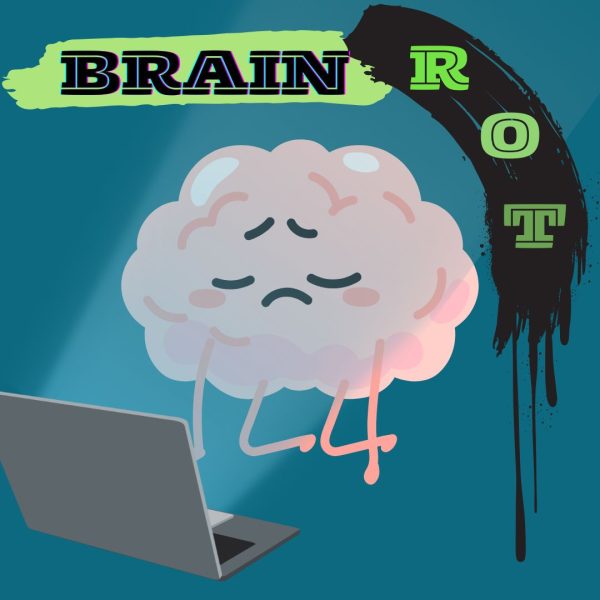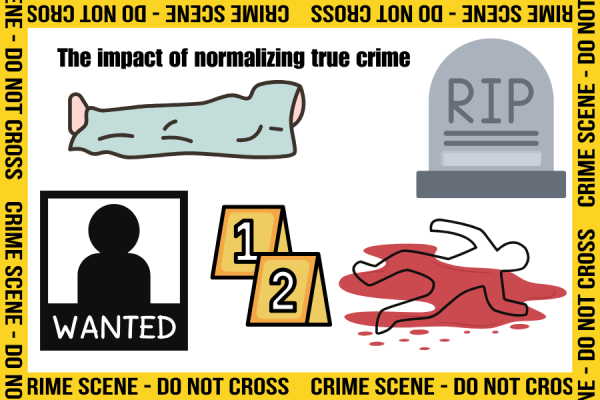The Pink Tax: what is it and why does it matter?
The economic injustice caused by The Pink Tax is one that should not be prevalent in this day in age.
Side by side in the pharmacy aisle are two different razors. They are by the same brand, but one is specifically marketed toward women, with bright, sparkly packaging and a pink handle. The other, marketed toward men, is more plain, incorporating duller colors and not bothering with the flashy box. Although both are gender specific in their marketing strategies, the women’s razor costs about $1.50 more. Why is this?
The higher price on the women’s razor is caused by “The Pink Tax.” This is the higher taxation on products specifically aimed towards women, expanding the gender price gap. While this has been a problem for some time (as soon as gender marketing began), it is now gaining new steam. A study performed by the New York City Department of Consumer Affairs last year was released showcases the inequalities in the gender price gap in the city. On average, shampoo and conditioner marketed towards women cost 48 percent more than those marketed toward men, as listed in US News. The Pink Tax is a perfect example of sexism in marketing.
The Pink Tax is not just a problem in big cities like New York City, but also here at home. In a study conducted by WRAL’s “5 On Your Side,” disparities were found in gender pricing ranging from haircuts to jeans. According to their research, a men’s haircut costs 30 dollars, and would cost a woman, with the same amount of hair, 35 dollars, even with both haircuts taking place at the same salon. Another study, conducted by Fox 8 “On Your Side,” found that Degree brand women’s dry protection deodorant contains less of product, yet costs five percent more. In soap, Nivea “Touch of Sparkle,” the more feminized version, costs twenty percent more than the masculine brand.
The gender price gap begins at an early age, even children’s toys are subject to The Pink Tax. There is no reason why a pink bicycle should cost a dollar more than a red or blue bicycle, the least prevalent reason being the gender of the child that the item is marketed for. The fact that gendered pricing and The Pink Tax exist in items made specifically for children is an example of why the issue needs to be addressed and changed immediately, and allowing for gendered pricing to take place on children’s items further perpetuates the problem and exemplifies the need for change.
Why is it acceptable for women to pay more for the same product, and even pay more for less product than what they would receive in a less feminine package? With price gouging the way it is today, many experts believe that the only way for the tax to go away is for women to stop paying for gendered products.
The amount of inequality that comes in the form of gendered pricing is unimaginable, and frankly, inexcusable. Not only is it wrong to charge more for products marketed toward women, but it is also wrong to put less product in the packaging and continue to charge more. Gendered pricing is not just a problem for some women, but for women everywhere, and it needs to be resolved. The Pink Tax is yet another instance of gender inequality that should not exist in today’s society.










